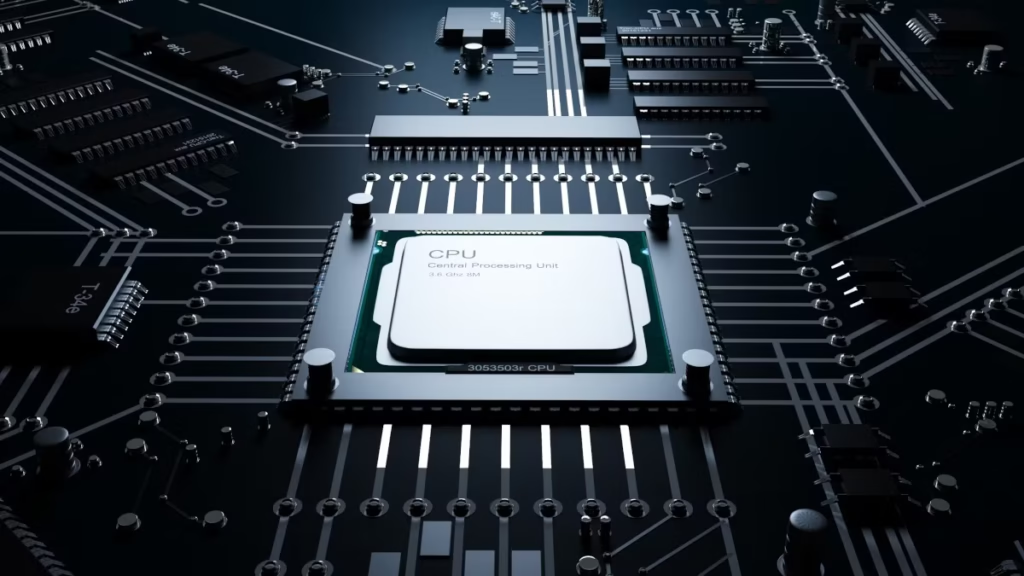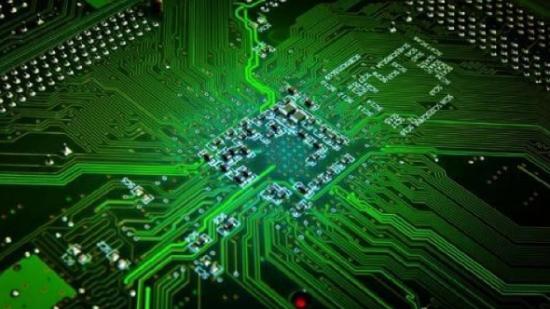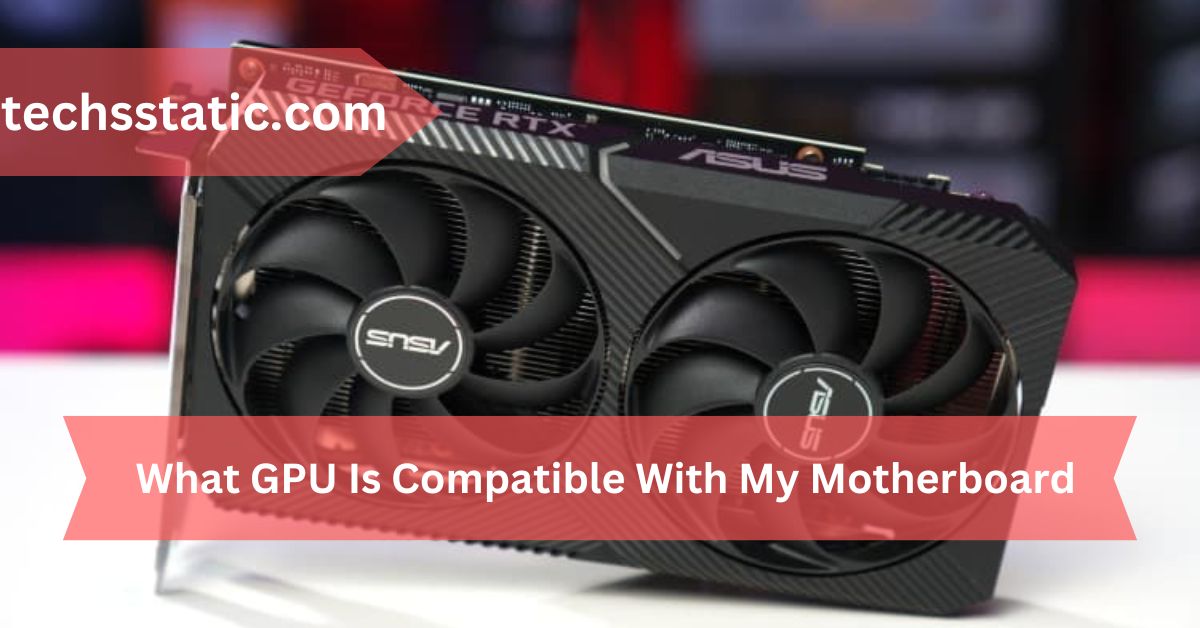What GPU Is Compatible With My Motherboard? I once needed to find a GPU for my motherboard, so I checked the specs of both. I ensured the GPU fit in my case and that my power supply could handle it. It was pretty straightforward once I had all the details.
What GPU Is Compatible With My Motherboard? Use the PCIe slot type and ensure the GPU fits your case physically. Verify that your power supply can handle the GPU’s power requirements. Also, check if your motherboard’s BIOS supports the GPU.
What GPU Is Compatible With My Motherboard? The perfect GPU for your motherboard, start by checking if your motherboard has a PCIe slot, as most modern GPUs use this. Ensure the GPU fits your case and your power supply can handle its demands.
What Is The Form Factor Of My Motherboard?

The form factor of your motherboard refers to its physical size, shape, and layout, which determine its compatibility with computer cases and other hardware components. Common motherboard form factors for the GPU include ATX, Micro-ATX, and Mini-ITX.
The ATX form factor is the standard size and is typically used in full-sized desktops, offering the most expansion slots and features. Micro-ATX is slightly smaller, fitting in both standard ATX cases and smaller ones, but with fewer expansion slots.
Mini-ITX is the smallest and is designed for compact builds, often limiting the number of available slots and ports. Knowing your motherboard’s form factor is crucial when selecting components like a case, GPU, and cooling systems, as it ensures that everything will fit properly within your build.
What Type Of Pcie Slot Does My Motherboard Have?
1. Identifying the Slot:
Most modern motherboards have PCIe (Peripheral Component Interconnect Express) slots, which are used to connect GPUs and other expansion cards. The most common slot for GPUs is PCIe x16, which provides the necessary bandwidth and connectivity.
2. Checking Your Motherboard Manual:
The easiest way to determine the type of PCIe slot your motherboard has is to consult its manual. The manual typically provides detailed diagrams and specifications for all slots on the board.
3. Physical Inspection:
You can also physically inspect your motherboard. PCIe x16 slots are longer than other types, like PCIe x1. They are usually located near the CPU and are often the most robust and prominent slots on the motherboard. Additionally, many motherboards have the slots labeled next to the socket.
How Do I Determine If A GPU Is Compatible With My Motherboard?
To determine if a GPU is compatible with your motherboard, start by checking the PCIe (Peripheral Component Interconnect Express) slot where the GPU will be installed.
Most modern GPUs use the PCIe x16 slot, and as long as your motherboard has this slot, the GPU should physically fit. Next, consider the PCIe version—while PCIe is backward compatible, using a newer GPU in an older PCIe slot may slightly limit performance.
Finally, check your power supply unit (PSU) to ensure it can provide adequate power to the new GPU, and confirm that your PSU has the necessary power connectors for the GPU. By considering these factors, you can determine whether a specific GPU will work with your motherboard.
Does My Motherboard’s Chipset Affect GPU Compatibility?

Yes, your motherboard’s chipset can affect GPU compatibility in several ways:
1. Compatibility with Older GPUs:
While chipsets generally support a wide range of GPUs, very old chipsets might have limitations with newer graphics cards.
2. Support for Modern GPUs:
Newer chipsets are designed to support the latest GPUs and technologies, ensuring compatibility with high-performance graphics cards.
3. PCIe Version Compatibility:
The chipset determines the version of PCIe slots available, which affects the GPU’s performance. Newer chipsets support higher PCIe versions for better bandwidth.
4. Crossfire/SLI Support:
Chipsets affect whether your motherboard supports multi-GPU configurations like AMD Crossfire or NVIDIA SLI.
5. Performance Bottlenecks:
An older chipset may not fully utilize the capabilities of a high-end GPU, potentially leading to performance bottlenecks.
Can I Use Multiple GPUs With My Current Motherboard?
Using multiple GPUs with your current motherboard depends on several factors. First, check if your motherboard supports multi-GPU configurations, such as NVIDIA’s SLI or AMD’s CrossFire.
This feature is usually supported by higher-end motherboards with specific chipsets and sufficient PCIe slots. Ensure your motherboard has at least two PCIe x16 slots that are spaced apart to accommodate multiple GPUs.
Keep in mind that using multiple GPUs can also require specific driver support and settings adjustments in your operating system to function correctly. Lastly, confirm that your case has enough space and cooling to manage the additional heat generated by multiple GPUs.
Are There Specific Gpu Brands That Are More Compatible With Certain Motherboards?
While most modern GPUs are designed to be broadly compatible with a range of motherboards, there can be nuances based on GPU brands and motherboard manufacturers. For example, NVIDIA GPUs generally work well across a wide spectrum of motherboards due to their broad compatibility.
However, if your motherboard is an AMD brand and supports technologies like AMD CrossFire, using an AMD GPU might provide better integration and optimization for multi-GPU setups. Similarly, certain motherboards might be optimized to work seamlessly with GPUs from specific brands.
It’s also worth considering that some motherboard manufacturers provide recommendations or certifications for specific GPU models to ensure optimal performance and compatibility. Brand-specific optimizations or certifications can help you get the best performance and feature set from your components.
How Do I Find A List Of Compatible GPUs For My Motherboard?
To find a list of compatible GPUs for your motherboard, follow these steps:
1. Consult the Motherboard Manual:
Check your motherboard’s manual for a list of supported GPUs or PCIe slot specifications. This information is often found in the specifications or installation sections.
2. Visit the Manufacturer’s Website:
Go to the motherboard manufacturer’s website and look for your motherboard model. They may provide a list of compatible GPUs or a compatibility guide.
3. Use Online Compatibility Tools:
Many GPU manufacturers and PC-building websites offer compatibility tools. Enter your motherboard model to get recommendations for compatible GPUs.
4. Check Online Forums and Reviews:
Look for user reviews and forum discussions related to your motherboard. Other users’ experiences can provide insights into which GPUs work well with your setup.
5. Contact Customer Support:
If you’re unsure, contacting the motherboard manufacturer’s customer support can help clarify which GPUs are compatible with your specific motherboard.
How Do I Know If A GPU Is Compatible With My Motherboard?

If a GPU is compatible with your motherboard, start by checking if your motherboard has a PCIe x16 slot, as this is the most common slot used by modern GPUs. Ensure that the GPU will physically fit inside your case by measuring the available space and comparing it with the GPU’s dimensions.
Additionally, verify that your power supply can provide the necessary wattage and connectors for the GPU. It’s also wise to check if a BIOS update is needed for the GPU to function correctly with your motherboard. Reviewing the motherboard’s manual, and manufacturer’s website, or using online compatibility tools can further confirm if the GPU is a suitable match.
FAQS:
1. Can I use a newer GPU with an older motherboard?
It depends. Most modern GPUs are compatible with older motherboards, but check if your motherboard has the correct slot and enough power.
2. Do I need special drivers for a new GPU?
Yes, you’ll need to download and install the drivers from the GPU manufacturer’s website to ensure it works properly.
3. How can I check if my motherboard supports a specific GPU model?
Look up your motherboard’s specifications online and compare them with the GPU’s requirements.
4. What is GPU bottlenecking and how can I avoid it?
GPU bottlenecking happens when your GPU is too powerful for your CPU or other components. Make sure all parts of your computer are balanced for optimal performance.
Conclusion:
GPU compatibility with your motherboard, check the motherboard’s PCIe slot version and ensure the GPU fits this slot. Verify the PSU can handle the GPU’s power requirements and ensure the GPU physically fits in your case.
